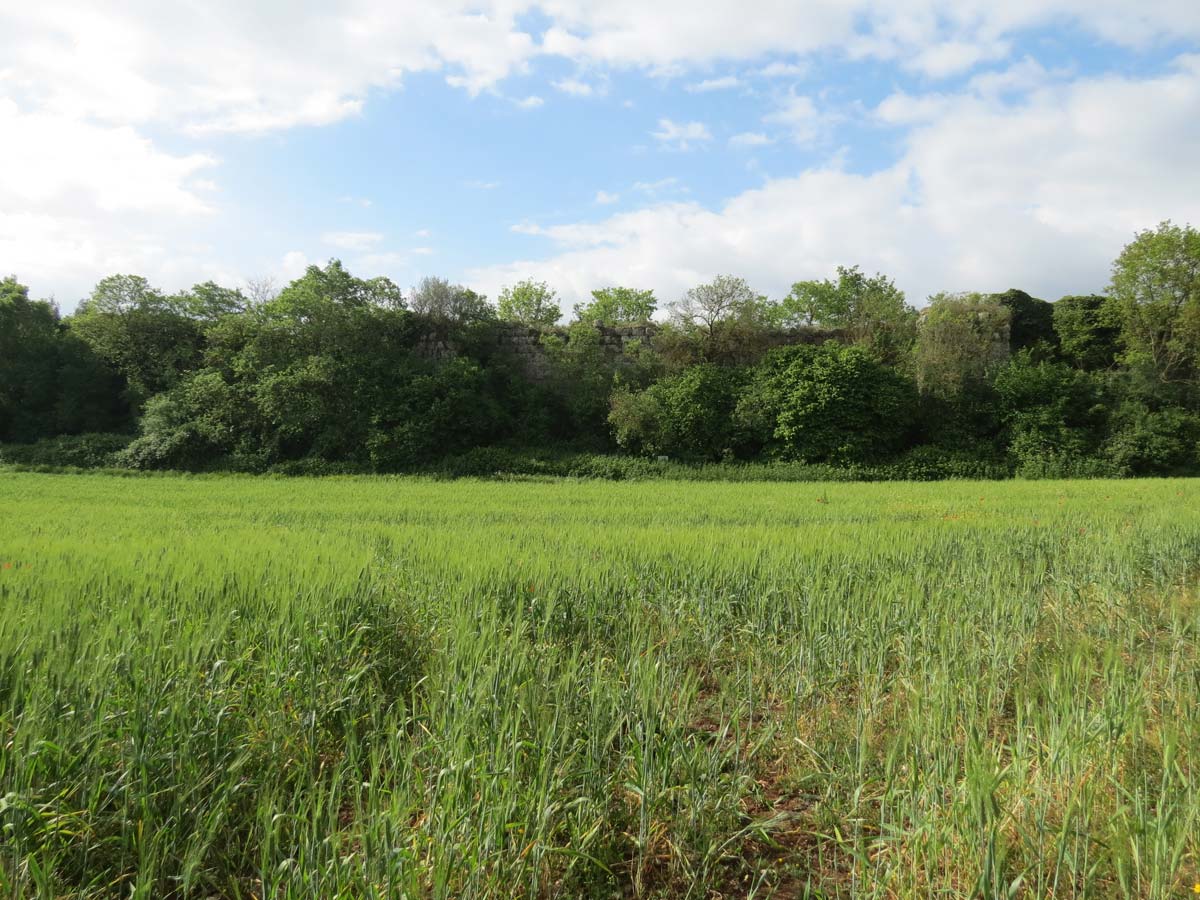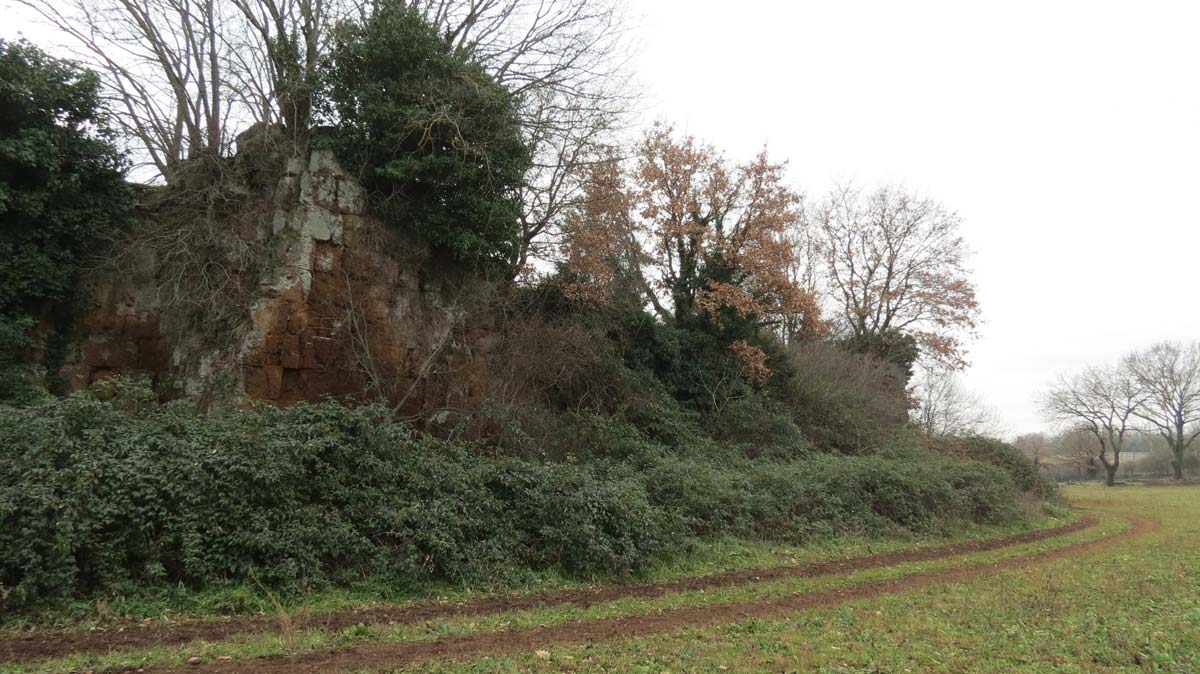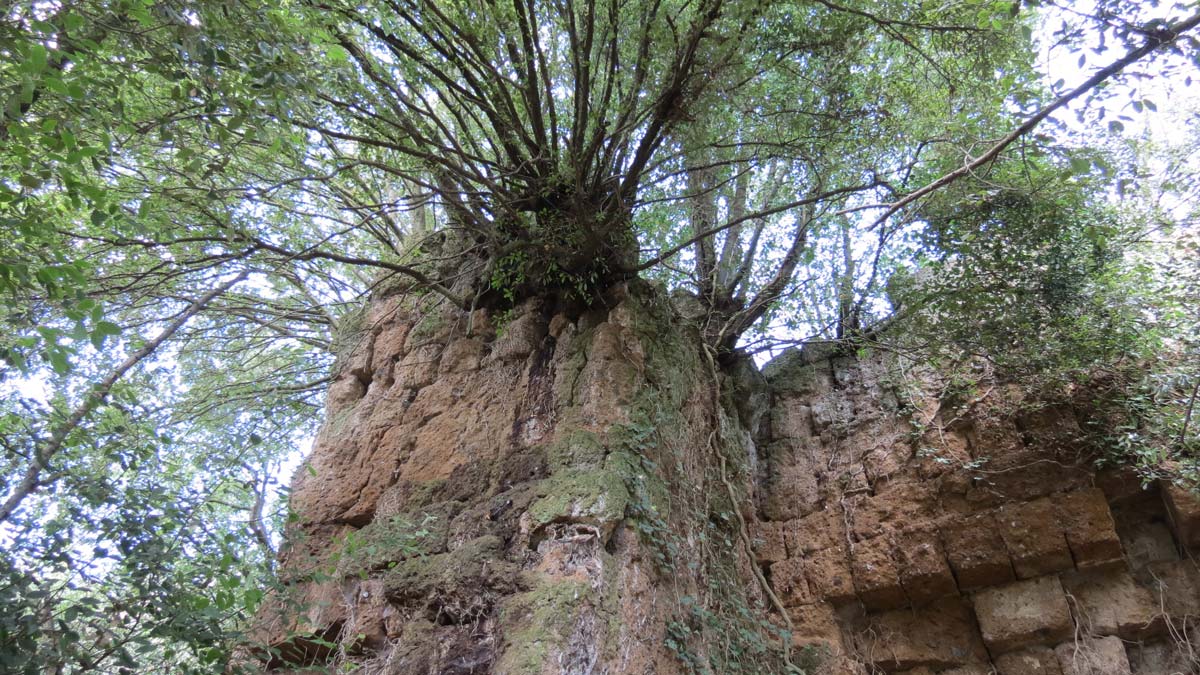Vegetation is one of the main causes of architectural features deterioration. When the substrates and the environmental conditions are favourable, mosses, lichens and vascular plants grow abundantly on buildings and archaeological areas. Colonizing species vary from one site to another depending from factors such as geographic location, soil type, altitude, exposure and neighbouring species. Nevertheless, when the substrates and the environmental conditions are favourable, mosses, lichens and vascular plants grow abundantly on buildings and archaeological areas. The ability of ruderal plants to cause mechanical or chemical damage varies depending to the species, their life cycle, biological form and lignification of roots. Biodeteriogens causing most damage are vascular plants, often associated with bryophyta, lichens, algae, and fungi. In general, and more intensively on exposed structures, they can produce cracks, collapse, and detachment of materials. Similar effects are nevertheless produced by vascular plant root system on buried features. Root growth, in fact, can be very dangerous for subterranean environments and for wall structures, if trees grow upon them or nearby. The presence of vegetation can also introduce variations of microclimatic parameters, such as the relative humidity, water stagnation, and a reduction of insolation, windiness and pollutants in the air (with either positive and negative effects, to be considered in the perspective of conservation). Moreover, vegetation can hide archaeological features, putting them at risk also from accidental damage, due, as instance, by the movement of vehicles during agricultural and site management activities. Therefore, it is of primary importance for the preservation of ancient features to establish vegetation growth control systems and maintenance, in order to avoid the proliferation of vegetal species and consequent damages.RESEARCH, starting from the EO monitoring of vegetated areas, aims at exploring the possibilities offered by remote sensing technologies for the assessment of risk for archaeological heritage deriving from vegetation. Tests will be carried out in the case study of Falerii Novi, particularly subject to this hazard, where the roman urban wall circuit is already completely invaded by uncontrolled vegetation growth.



WORK PACKAGE
LAND MOVEMENT
Land movement, also mass movement or mass wasting, indicates the downslope movement of a mass of surface materials, such as soil, rock or mud.
SOIL EROSION
Soil erosion is a natural phenomenon manly due to water runoff and wind.
THEMATIC PLATFORM
RESEARCH project aims at the creation of a Thematic Platform including back-end and front-end (Web Portal) and external interfaces.
CASE STUDIES
Falerii Novi (Italy); Amathous (Cyprus); Almyriotiki (Greece); Itanos (Greece); Vaitsi Mill (Greece); Slawno-Darlowo area (Poland) in particular: Darlowo monastery, Cisowo, Dzierzecin.
